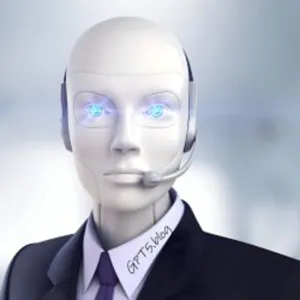SciPy: Advancing Scientific Computing in Python

SciPy, short for Scientific Python, is a central pillar in the ecosystem of Python libraries, providing a comprehensive suite of tools for mathematics, science, and engineering. Building on the foundational capabilities of NumPy, SciPy extends functionality with modules for optimization, linear algebra, integration, interpolation, special functions, FFT (Fast Fourier Transform), signal and image processing, ordinary differential equation (ODE) solvers, and other tasks common in science and engineering.
Applications of SciPy
SciPy's versatility makes it a valuable tool across various domains:
- Engineering: For designing models, analyzing data, and solving computational problems in mechanical, civil, and electrical engineering.
- Academia and Research: Researchers leverage SciPy for processing experimental data, simulating theoretical models, and conducting numerical studies in physics, biology, and chemistry.
- Finance: In quantitative finance, SciPy is used for risk analysis, portfolio optimization, and numerical methods to value derivatives.
- Geophysics and Meteorology: For modeling climate systems, analyzing geological data, and processing satellite imagery.
Advantages of SciPy
- Interoperability: Works seamlessly with other libraries in the Python scientific stack, including NumPy for array operations, Matplotlib for plotting, and pandas for data manipulation.
- Active Community: A large, active community supports SciPy, contributing to its development and offering extensive documentation, tutorials, and forums for discussion.
- Open Source: Being open-source, SciPy benefits from collaborative contributions, ensuring continuous improvement and accessibility.
Challenges and Considerations
While SciPy is highly powerful, new users may face a learning curve to fully utilize its capabilities. Additionally, for extremely large-scale problems or highly specialized computational needs, extensions or alternative software may be required.
Conclusion: Enabling Complex Analyses with Ease
SciPy embodies the collaborative spirit of the open-source community, offering a robust toolkit for scientific computing. By simplifying complex computational tasks, it enables professionals and researchers to advance their work efficiently, making significant contributions across a spectrum of scientific and engineering disciplines. As part of the broader Python ecosystem, SciPy continues to play a pivotal role in the growth and development of scientific computing.
See also: Stressmanagement im Trading, KI Tools, Prompt's, Quantum Informations, Polkadot (DOT) & Polygon (MATIC), Krypto News ...
Kind regards Schneppat AI & GPT-5








